-
×
-
×
-
×
-
×
-
×
-
×
-
×
-
×
Purple Vampire Crab - Geosesarma Dennerle - Decapod Crustacean 2 × £7.74
-
×
-
×
-
×
-
×
-
×
Red Devil Vampire Crab - Geosesarma Hagen - Decapod Crustacean 2 × £8.71
-
×
Assorted Colour Vampire Crab Geosesarma Sp 2-3Cm 2 × £8.71
-
×
Subtotal: £732.52

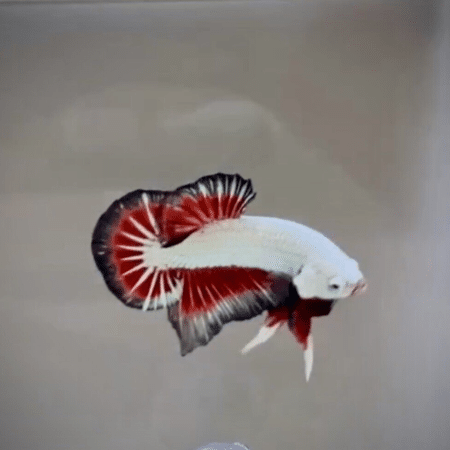

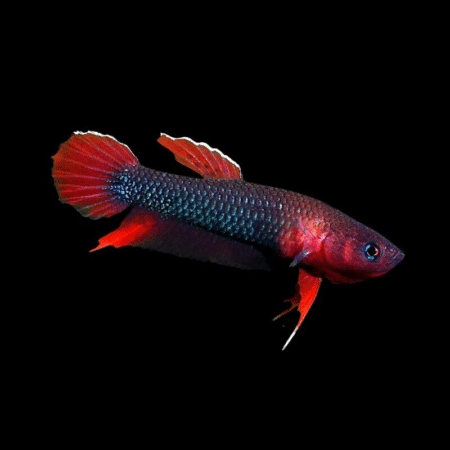



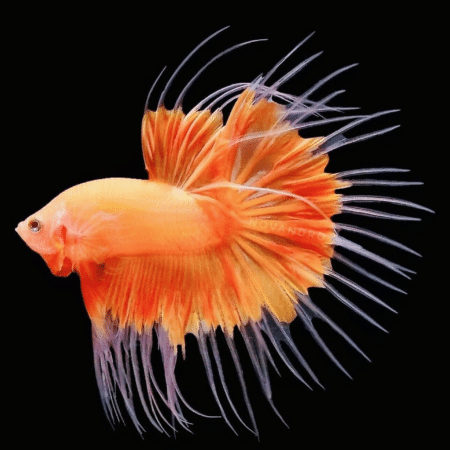
 Purple Vampire Crab - Geosesarma Dennerle - Decapod Crustacean
Purple Vampire Crab - Geosesarma Dennerle - Decapod Crustacean 



 Red Devil Vampire Crab - Geosesarma Hagen - Decapod Crustacean
Red Devil Vampire Crab - Geosesarma Hagen - Decapod Crustacean  Assorted Colour Vampire Crab Geosesarma Sp 2-3Cm
Assorted Colour Vampire Crab Geosesarma Sp 2-3Cm 
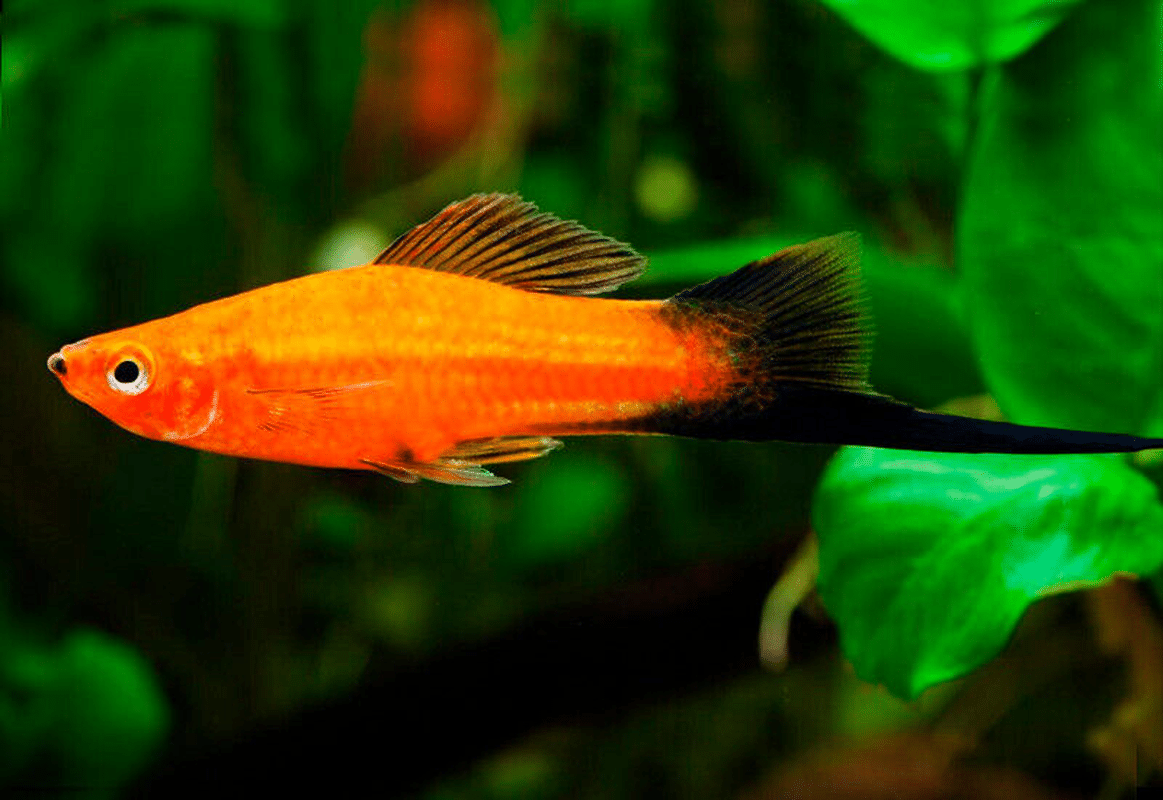
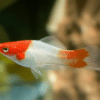








Emily Turner (verified owner) –
I recently purchased 10 Red Wagtail Swordtails, and I couldn’t be happier with my decision! These vibrant freshwater fish have brought so much life to my tank. They arrived in excellent condition, well-packaged, and swimming happily after a short acclimation period. It’s been about two weeks since they joined my aquarium, and they’ve already established their little territories while interacting beautifully with my other tropical fish.
What I love most is their stunning colors and lively personalities. The males are especially bold, showcasing those gorgeous red and black markings. Compared to other livebearers I’ve kept in the past, these swordtails are far more engaging and social. The only minor concern is that they can be a bit nippy at times, especially during feeding, but that’s just part of their playful nature!
I highly recommend these swordtails for anyone looking to add vibrant pet fish to their aquatic family. They’re perfect for both beginners and seasoned hobbyists, as they’re relatively easy to care for. Plus, they contribute to a healthy tank environment. Overall, I’m thrilled with my purchase and will definitely be buying more in the future!
Emily Carter (verified owner) –
I’ve been an aquarium enthusiast for over five years now, and I can confidently say that these 10 Red Wagtail Swordtails have been a delightful addition to my tank! From the moment they arrived, I was impressed with their vibrant colors and energetic personalities. They acclimated well within a day and have been swimming joyfully ever since. Each fish is around 2 to 3 inches long, making them perfect for my 20-gallon community aquarium.
What I love most about these tropical fish is how peaceful they are; they coexist beautifully with my guppies and neon tetras. It’s heartwarming to watch them dart around together, showcasing their vibrant tails. I’ve noticed that they are not only easy care but also resilient, thriving in a well-maintained freshwater environment.
Compared to other livebearers I’ve kept, the Wagtail Swordtails are less aggressive and are more social, making them ideal for beginners and experienced aquarists alike. If you’re looking for community fish that add flair and personality without complications, I wholeheartedly recommend these! Just ensure you provide plenty of plants and hiding spots. I will definitely be purchasing more in the future!